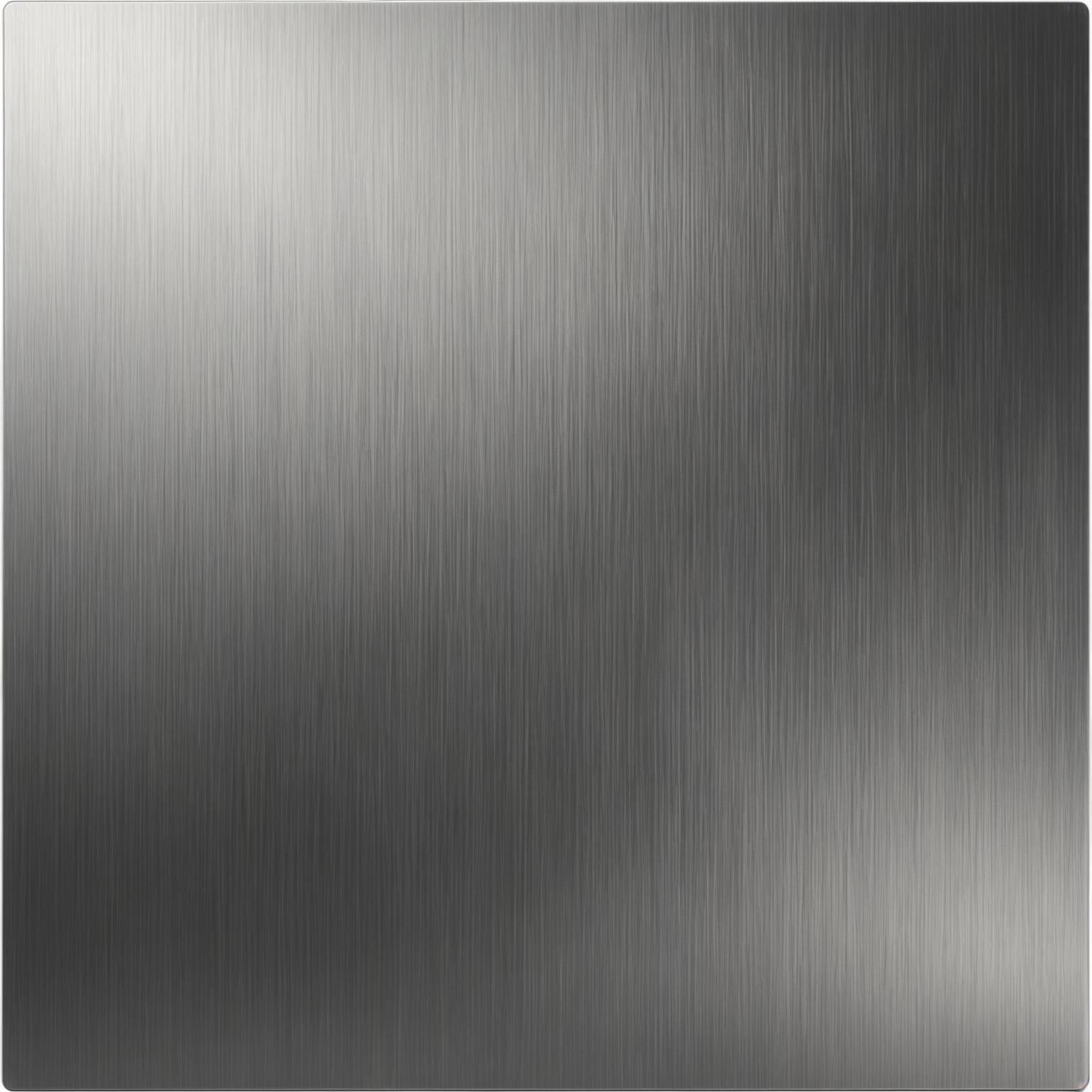Stainless steel is a premier choice for modern architectural and design projects, celebrated for its sleek appearance, corrosion resistance, and impressive durability. However, when used in exterior applications, even this robust material can face challenges. The primary concern for many designers, architects, and builders is how to prevent stainless steel sheet from deformation when used outdoors. Successfully addressing this issue is crucial to preserving both the structural integrity and the aesthetic beauty of the installation for years to come, ensuring it remains a statement of style and sophistication.
Understanding the Root Causes of Outdoor Deformation
Before you can prevent a problem, you must understand its causes. The most significant factor leading to the deformation of stainless steel sheets in an outdoor setting is thermal expansion and contraction. Like all metals, stainless steel expands when heated by the sun and contracts as it cools at night. Over the course of a day or a season, this constant movement can be substantial. If the sheet is installed without adequate room to move, the resulting stress will manifest as warping, buckling, or oil canning—a wavy distortion in the flat surface. Another major cause is improper installation. Fasteners that are too tight, an insufficient number of supports, or a rigid frame that doesn't account for thermal cycling can all restrict the metal's natural movement, leading directly to stress and deformation. Finally, mechanical forces such as high wind loads, the weight of snow and ice, or accidental impacts can physically bend or damage the sheets if they are not of appropriate thickness or adequately supported.
Choosing the Right Stainless steel Sheet for the Job
Your first line of defense against unwanted changes is selecting the correct material from the start. The grade and thickness of the stainless steel are critical considerations. For most outdoor applications, Grade 304 is sufficient, but in coastal or industrial environments with high salt or chemical exposure, Grade 316 offers superior corrosion resistance, which contributes to long-term stability. The thickness of the sheet plays a direct role in its rigidity. While thinner sheets may be cost-effective, they are far more susceptible to buckling and wind-induced flutter. Opting for a thicker gauge provides inherent strength and flatness, making it a wise investment for preventing deformation when used outdoors. High-quality, premium-grade metal sheets, such as those meticulously engineered with a lustrous, polished surface, not only offer a stunning aesthetic but also provide unparalleled strength and structural integrity. These advanced materials are designed to withstand various environmental conditions, making them an ideal choice for projects that demand longevity and performance.
Best Practices for Outdoor Installation
Proper installation technique is arguably the most critical factor in how to prevent stainless steel sheet deformation. The guiding principle is to allow for movement. This is achieved by designing a fastening system that secures the panel while accommodating thermal expansion. Instead of drilling standard-sized holes for screws or bolts, use slotted or oversized holes. This allows the fastener to hold the panel in place while giving the sheet room to expand and contract horizontally and vertically without binding. Paired with fasteners that have neoprene or nylon washers, this creates a secure yet flexible connection. It is equally important to avoid over-tightening fasteners; they should be snug enough to create a seal but loose enough to permit movement. Furthermore, the underlying support structure must be robust and correctly spaced. The manufacturer's specifications will provide guidance on the maximum allowable span between supports to prevent sagging under the sheet's own weight and to resist wind loads effectively.
Smart Design: Engineering for Longevity
Beyond material selection and installation, intelligent design choices can engineer resilience directly into your project. For large surface areas, consider using multiple smaller panels separated by expansion joints instead of a single, massive sheet. An expansion joint is a purpose-built gap that absorbs the movement of adjacent panels, a technique essential for avoiding deformation when used outdoors. The width of these joints should be calculated based on the panel length and the expected temperature range of the location. Another effective design strategy is to introduce rigidity through form. Incorporating subtle bends, ribs, or corrugations into the design can dramatically increase the sheet's stiffness and resistance to buckling without significantly increasing its weight. For any large-scale or structurally critical application, consulting with a structural engineer or a materials specialist is highly recommended. They can perform the necessary calculations to account for thermal cycling, wind load, and other environmental stresses, ensuring your design is not only beautiful but built to last, exceeding all modern expectations for performance and durability.








